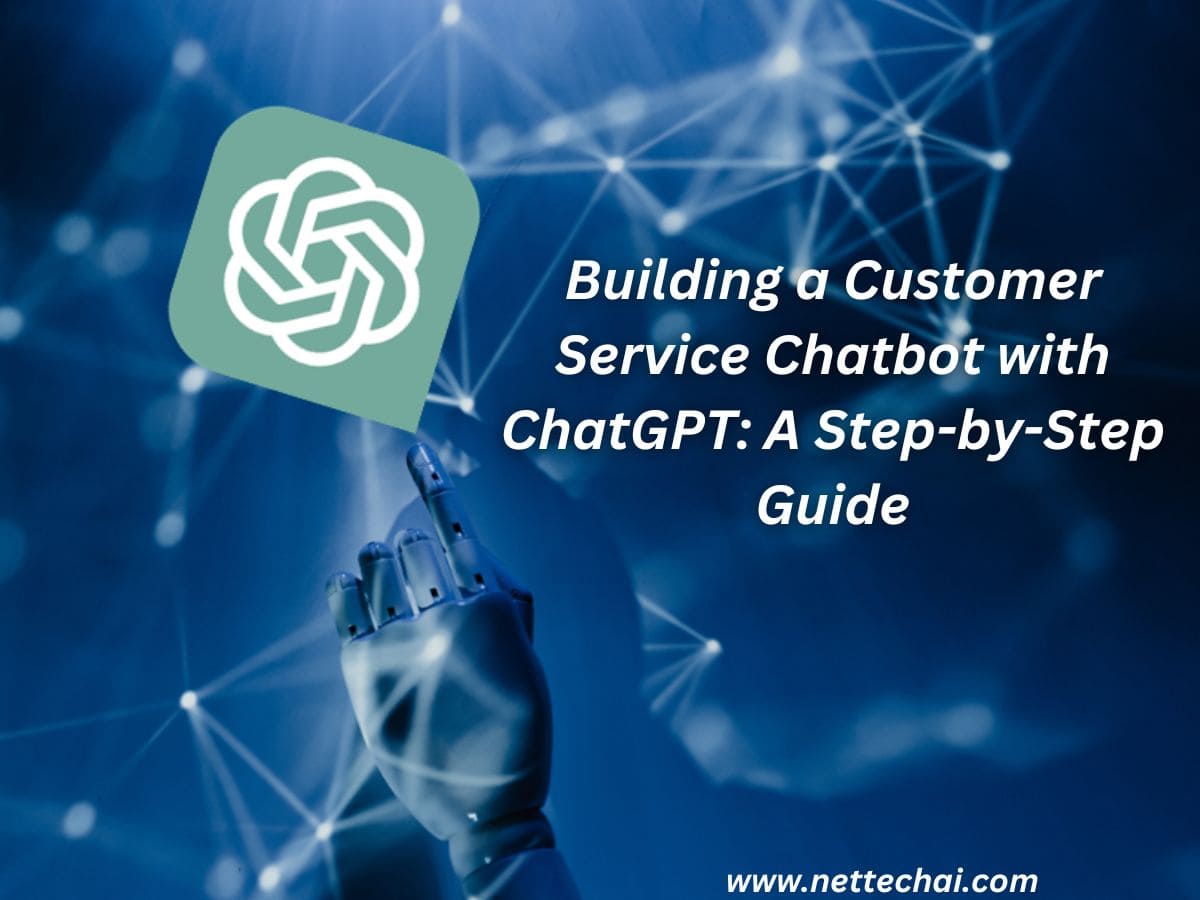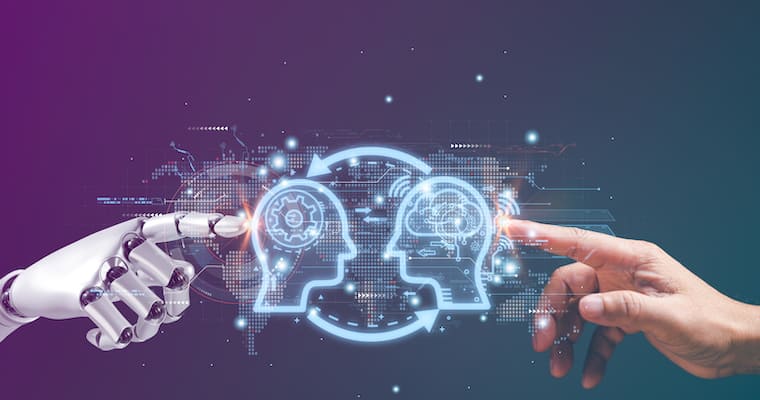Introduction
Chatbots have become an integral part of modern customer service, providing efficient and immediate support to users. With the advent of AI and natural language processing (NLP) models like ChatGPT, creating a sophisticated customer service chatbot has never been easier. In this article, we will explore why ChatGPT is an excellent choice for chatbot development and provide a comprehensive guide to designing, building, and testing a customer service chatbot with ChatGPT.
Why is ChatGPT great for chatbot creation?
Language understanding:
ChatGPT is powered by the GPT-3.5 architecture, which excels at understanding human language. It can grasp the nuances, context, and intent behind user queries, making it an ideal choice for conversational AI.
Response generation that is contextual:
One of ChatGPT’s standout features is its ability to generate responses that are contextually relevant. This ensures that the chatbot can maintain coherent and natural conversations with users.
Scalability and progressive learning:
ChatGPT can handle a vast array of user queries and continually improve its performance over time. This adaptability and scalability are crucial for evolving customer service needs.
Customization:
You can customize your chatbot’s behavior and responses, allowing it to align with your brand’s personality and specific requirements.
Multi-turn conversations and standard responses:
ChatGPT supports multi-turn conversations, enabling more complex interactions with users. It can also provide standard responses to common queries, ensuring consistent customer service.
Integration:
You can seamlessly integrate ChatGPT into your existing customer service platforms, making it easy to deploy and maintain.
Designing the a Customer Service Chatbot with ChatGPT
Primary goals and objectives:
Before diving into development, define the primary goals and objectives of your chatbot. Is it for product recommendations, tech support, troubleshooting, language translation, or a combination of these functions?
Defining Target Audience and User Persona:
Understanding your target audience and creating a user persona helps tailor the chatbot’s responses to meet users’ needs and preferences effectively.
Conversation Flow and FAQs:
Map out the conversation flow and identify frequently asked questions (FAQs) that your chatbot should be able to answer. This step is crucial for training the chatbot.
Data Collection and Preprocessing
To build a successful chatbot, gather a dataset of real user queries and responses related to your chosen domain. This data should be cleaned, preprocessed, and organized for training your chatbot effectively.
Building and Training Your a Customer Service Chatbot with ChatGPT
Create an API Key:
To access the ChatGPT API, you’ll need to create an API key through the OpenAI platform.
Download the Relevant Library from OpenAI:
Download and install the OpenAI Python library to integrate ChatGPT into your chatbot application.
Coding for ChatGPT API:
Write code to interact with the ChatGPT API. This code will handle user queries, send them to the API, and receive responses from ChatGPT.
Chatbot Training on Custom Prompts:
Train your chatbot on specific prompts relevant to your customer service goals. Here are a few examples:
Product Recommendations:
- “Can you suggest a laptop for gaming?”
- “I need a dress for a formal event. Any recommendations?”
Tech Support and Troubleshooting:
- “My laptop won’t start. What should I do?”
- “How do I fix a broken smartphone screen?”
Language Translation:
- “Translate ‘Hello’ to Spanish.”
- “How do I say ‘Thank you’ in French?”
Adding Advanced Chatbot Functionalities
Enhance your chatbot by adding advanced functionalities like sentiment analysis, user context tracking, and the ability to access external databases or systems for retrieving specific information.
Testing and Quality Assurance
Thoroughly test your chatbot with a diverse range of user queries to ensure it performs well and provides accurate responses. Monitor its performance and collect user feedback to make necessary improvements.
Summing Up
Creating a customer service chatbot with ChatGPT is an exciting venture that offers numerous benefits, including its strong language understanding, contextual response generation, scalability, customization, and integration capabilities. By following a structured approach to design, data collection, training, and testing, you can develop a chatbot that not only meets your customer service needs but also enhances user satisfaction and engagement. Embrace the power of ChatGPT and embark on the journey of delivering exceptional customer service through AI-driven chatbots.







